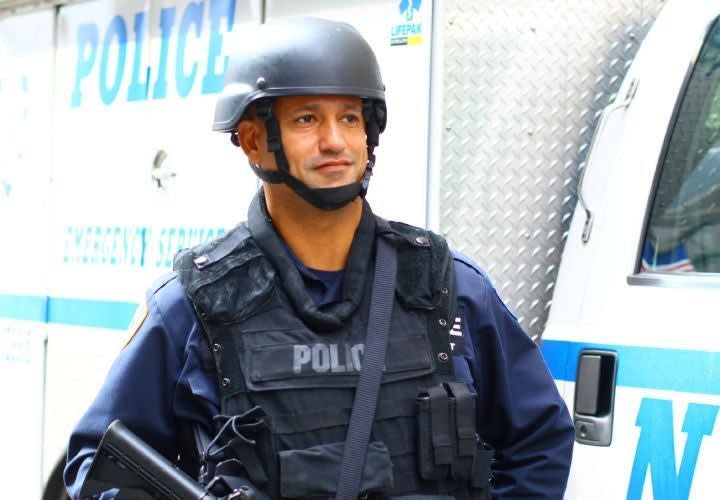Oftentimes, the mere knowledge that SWAT is involved in manhunts is enough to convince dangerous suspects to give up without confrontation. However, if dangerous suspects decide to choose confrontation, SWAT teams are more than equal to the task.
I have no doubt that Tampa PD's Tactical Response Team), Hillsborough County SO SWAT, Tampa FBI SWAT, and other area SWAT teams worked non-stop for nearly four days, until the suspect finally turned himself in. I also have no doubt that every SWAT search participant was challenged to the hilt, conducting search after search for hours on end, with little or no rest in between.
Which brings up a point every SWAT team needs to seriously consider. And that is how prepared is your team to handle extended, intense manhunts? Most SWAT teams would readily respond they're always ready. But the reality may be otherwise.
Consider how physically and mentally draining an intense manhunt like the search for the Tampa cop killer can be. I recall one Ohio SWAT team that searched a heavily-wooded area for a multiple murder suspect. After more than eight hours, the search was called off, with the suspect still at large.
When this highly conditioned team emerged from the woods, it was clear how totally spent they were. Nearly non-functional as SWAT, until getting some much-needed rest/sleep. My guess is under the same circumstances most SWAT teams would find themselves similarly challenged.












